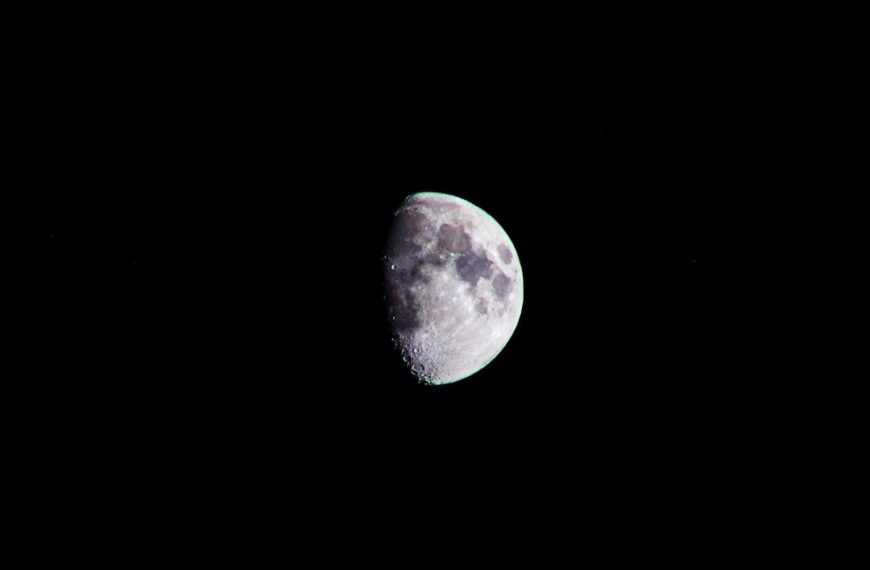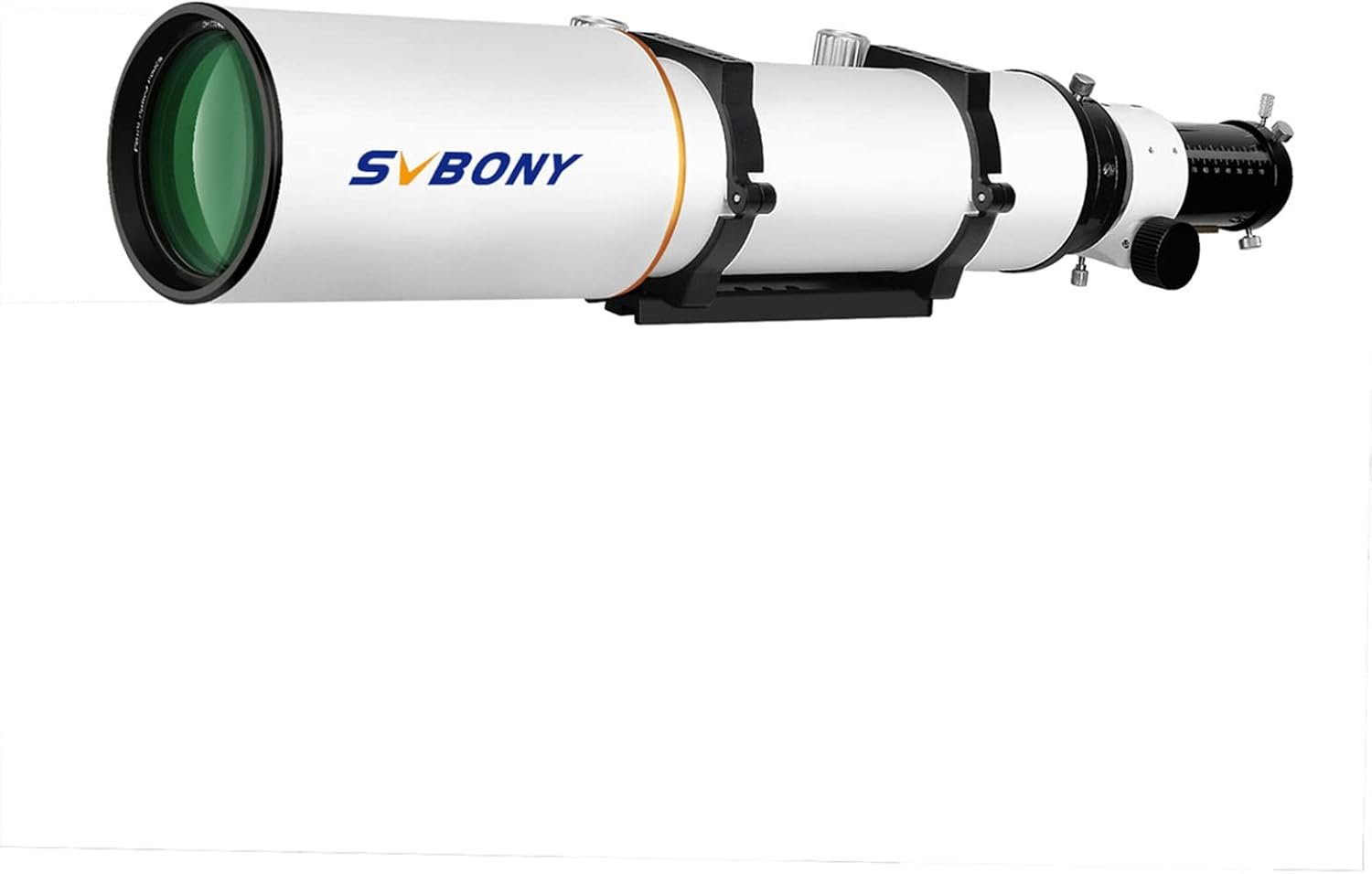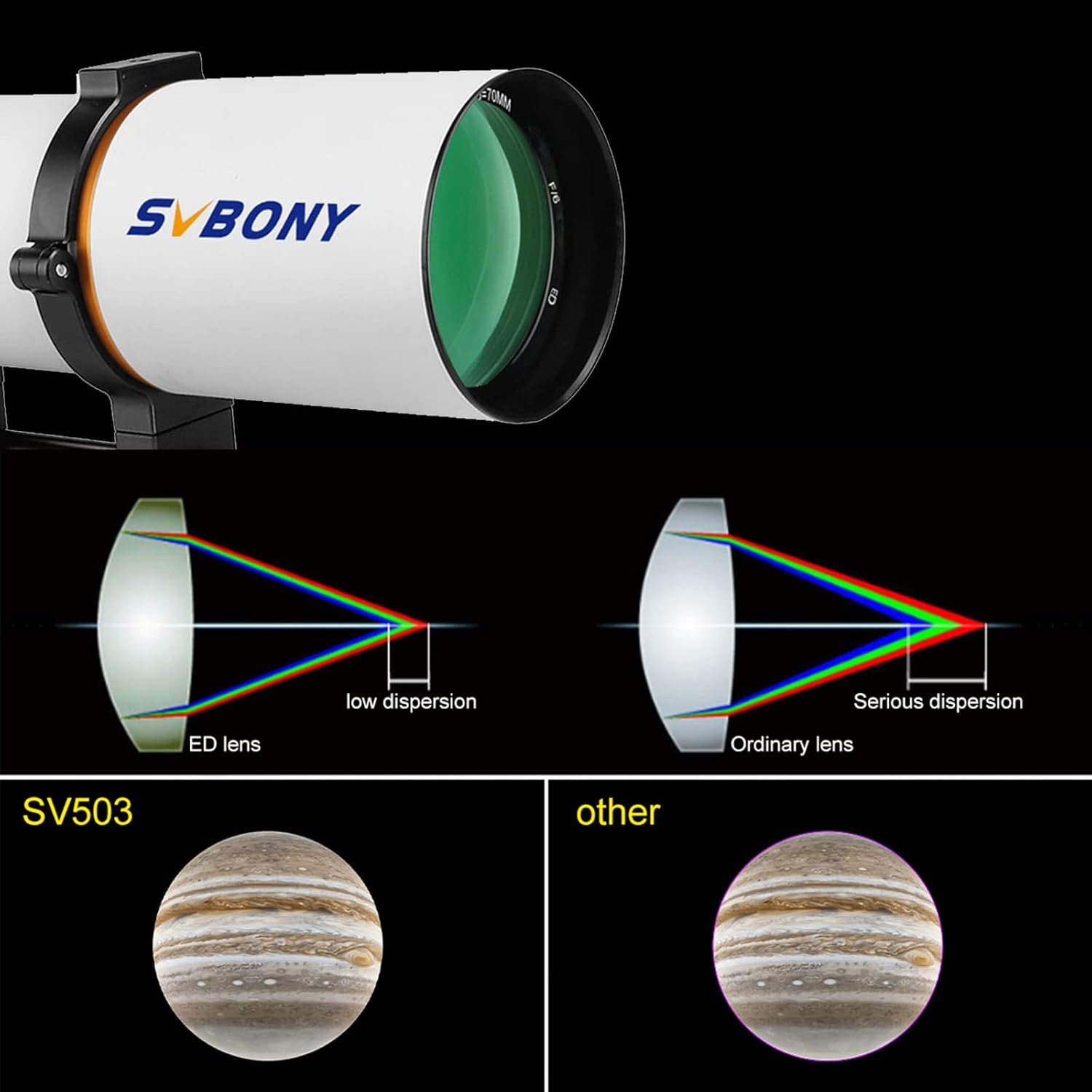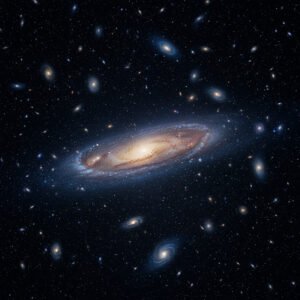Hypervelocity stars are a fascinating and relatively recent discovery in the field of astrophysics. These stars are unique in that they travel at incredibly high speeds, often exceeding 1 million miles per hour. The origins of these hypervelocity stars are still not fully understood, but they are believed to be the result of a complex interplay between supermassive black holes and binary star systems. The study of hypervelocity stars has the potential to shed light on the dynamics of galaxies, the behavior of supermassive black holes, and the formation and evolution of stars.
Hypervelocity stars were first theorized in 1988 by Jack Hills, who proposed that under certain conditions, a binary star system could be disrupted by the gravitational pull of a supermassive black hole at the center of a galaxy, resulting in one of the stars being ejected at high velocity. It wasn’t until 2005 that the first hypervelocity star, designated as SDSS J090745.0+024507, was discovered by Warren Brown and his team using data from the Sloan Digital Sky Survey. Since then, several more hypervelocity stars have been identified, sparking intense interest and research in the astrophysics community.
Key Takeaways
- Hypervelocity stars are stars that travel at extremely high speeds, often exceeding 1 million miles per hour, and are thought to be ejected from their original galactic environment.
- The ejection mechanism of hypervelocity stars is believed to be caused by interactions with supermassive black holes at the center of galaxies, resulting in the stars being flung out at high velocities.
- Supermassive black holes play a crucial role in ejecting hypervelocity stars through a process known as the Hills mechanism, where a binary star system interacts with the black hole and one star is ejected at high speed.
- Observing and detecting hypervelocity stars is challenging due to their high speeds and the need for advanced telescopes and instruments, but their unique spectral signatures and proper motion can help in their identification.
- Theoretical models of hypervelocity star formation and ejection suggest that they may originate from binary star systems or star clusters that interact with supermassive black holes, leading to the ejection of one of the stars at high speeds.
The Ejection Mechanism of Hypervelocity Stars
The ejection mechanism of hypervelocity stars is a complex and dynamic process that involves the gravitational interactions between binary star systems and supermassive black holes. One proposed scenario for the ejection of hypervelocity stars is the Hills mechanism, which suggests that a binary star system can be disrupted by the gravitational pull of a supermassive black hole, causing one of the stars to be flung out of the galaxy at high speeds. This disruption can occur when one star in the binary system undergoes a supernova explosion, releasing a burst of energy that can propel the other star to escape velocity.
Another proposed mechanism for the ejection of hypervelocity stars is through dynamical interactions in dense stellar environments, such as globular clusters. In these environments, close encounters between binary star systems and other stars or black holes can result in the ejection of one of the stars at high velocities. Additionally, interactions with other massive objects, such as intermediate-mass black holes or dark matter subhalos, could also contribute to the ejection of hypervelocity stars. Understanding the ejection mechanisms of hypervelocity stars is crucial for unraveling the complex dynamics of galaxies and supermassive black holes.
The Role of Supermassive Black Holes in Ejecting Hypervelocity Stars
Supermassive black holes are thought to play a central role in the ejection of hypervelocity stars. These black holes, which can have masses millions or even billions of times that of the Sun, reside at the centers of most galaxies, including our own Milky Way. The immense gravitational pull of supermassive black holes can disrupt nearby binary star systems, leading to the ejection of one of the stars at hypervelocity speeds.
One proposed mechanism for the ejection of hypervelocity stars by supermassive black holes is through a process known as gravitational slingshotting. In this scenario, a binary star system approaches close to the supermassive black hole, with one star being captured by the black hole while the other is flung out of the galaxy at high speeds. Another proposed mechanism involves the tidal disruption of a binary star system by the strong gravitational forces near a supermassive black hole, resulting in one of the stars being ejected.
The study of hypervelocity stars ejected by supermassive black holes provides valuable insights into the dynamics and interactions within galactic centers. By understanding how these high-speed stars are ejected, scientists can gain a better understanding of the behavior and influence of supermassive black holes on their surrounding environments.
Observations and Detection of Hypervelocity Stars
The detection and observation of hypervelocity stars present unique challenges due to their high speeds and relatively low numbers compared to other types of stars. However, advancements in observational techniques and technology have allowed astronomers to identify and study these elusive objects. One method for detecting hypervelocity stars is through spectroscopic observations, which can reveal their high velocities through Doppler shifts in their spectral lines.
Another approach for detecting hypervelocity stars is through large-scale surveys such as the Sloan Digital Sky Survey (SDSS) and the Gaia mission, which have identified several hypervelocity stars by measuring their proper motions and radial velocities. These surveys have provided valuable data on the kinematics and trajectories of hypervelocity stars, allowing scientists to better understand their origins and ejection mechanisms.
In addition to direct observations, indirect evidence for hypervelocity stars can also be obtained through their impact on interstellar gas and dust. As hypervelocity stars travel through the interstellar medium at high speeds, they can create shock waves and bow shocks, which can be detected through infrared and radio observations. By studying these shock features, astronomers can gain insights into the properties and interactions of hypervelocity stars with their surrounding environment.
Theoretical Models of Hypervelocity Star Formation and Ejection
The formation and ejection of hypervelocity stars are still not fully understood, and several theoretical models have been proposed to explain their origins. One prominent model is the Hills mechanism, which suggests that hypervelocity stars are ejected from binary star systems disrupted by the gravitational pull of supermassive black holes. In this scenario, one star in the binary system undergoes a supernova explosion, releasing energy that propels the other star to escape velocity.
Another theoretical model for hypervelocity star formation involves dynamical interactions in dense stellar environments such as globular clusters. Close encounters between binary star systems and other massive objects in these environments can result in one of the stars being ejected at high velocities. Additionally, interactions with intermediate-mass black holes or dark matter subhalos have also been proposed as potential mechanisms for ejecting hypervelocity stars.
Recent theoretical studies have also explored the role of triple star systems in producing hypervelocity stars. It is hypothesized that interactions within triple star systems can lead to asymmetric supernova explosions, resulting in one star being ejected at high speeds. Understanding these theoretical models is crucial for unraveling the complex processes involved in the formation and ejection of hypervelocity stars.
The Impact of Hypervelocity Stars on Galaxies and Interstellar Medium

Hypervelocity stars have the potential to have a significant impact on galaxies and the interstellar medium as they travel at high speeds through their host galaxies. As these stars move through the interstellar medium, they create shock waves and bow shocks due to their supersonic velocities. These shock features can compress interstellar gas and dust, leading to the formation of new stars and influencing the dynamics of galactic evolution.
Additionally, hypervelocity stars can carry important information about their parent galaxies as they travel through intergalactic space. By studying the trajectories and kinematics of hypervelocity stars, astronomers can gain insights into the gravitational potential and distribution of mass within galaxies. This information is crucial for understanding the dynamics and evolution of galaxies over cosmic timescales.
Furthermore, the study of hypervelocity stars can provide valuable insights into the distribution and properties of dark matter within galaxies. The gravitational interactions that lead to the ejection of hypervelocity stars may be influenced by dark matter subhalos or other unseen mass components within galaxies. By studying the trajectories and ejection mechanisms of hypervelocity stars, scientists can gain a better understanding of the distribution and nature of dark matter within galaxies.
Future Research and Exploration of Hypervelocity Stars
The study of hypervelocity stars is still in its early stages, and there are many exciting avenues for future research and exploration in this field. One key area for future research is to conduct more extensive surveys to identify additional hypervelocity stars across different types of galaxies. By studying a larger sample of hypervelocity stars, astronomers can gain a better understanding of their properties, origins, and ejection mechanisms.
Another important direction for future research is to develop more sophisticated theoretical models to explain the formation and ejection of hypervelocity stars. By refining our theoretical understanding of these high-speed stars, scientists can make more accurate predictions about their behavior and interactions with their host galaxies.
Furthermore, future advancements in observational techniques and technology will enable astronomers to study hypervelocity stars in greater detail. New generations of telescopes and instruments will provide higher resolution imaging and spectroscopic capabilities, allowing scientists to probe the kinematics and physical properties of hypervelocity stars with unprecedented precision.
In conclusion, hypervelocity stars are a fascinating and enigmatic class of objects that have captured the interest and curiosity of astronomers around the world. The study of these high-speed stars has the potential to provide valuable insights into galactic dynamics, supermassive black holes, star formation, and dark matter. With ongoing research and exploration, scientists are poised to unlock new discoveries about the origins and impact of hypervelocity stars on our understanding of the universe.
If you’re interested in learning more about hypervelocity stars and other fascinating phenomena in the universe, check out the article “The Universe Episodes: Exploring the Mysteries of Space” on The Universe Episodes website. This blog delves into the mysteries of space and provides in-depth explanations of various cosmic phenomena, including the ejection of hypervelocity stars from their galaxies at incredibly high speeds. It’s a great resource for anyone curious about the wonders of the universe.
FAQs
What are hypervelocity stars?
Hypervelocity stars are rare objects that travel at extremely high speeds, often exceeding 1 million miles per hour. These stars are thought to have been ejected from their home galaxies due to gravitational interactions with supermassive black holes.
How do hypervelocity stars get ejected from their galaxies at such high speeds?
Hypervelocity stars are believed to be ejected from their galaxies through a process known as the “slingshot effect.” This occurs when a binary star system interacts with a supermassive black hole at the center of the galaxy. The gravitational forces can disrupt the binary system, causing one of the stars to be flung out at high speeds while the other remains in orbit around the black hole.
What are the potential consequences of a hypervelocity star passing through our galaxy?
If a hypervelocity star were to pass through our galaxy, it could have significant consequences. The high speed of these stars means they could potentially collide with other objects in the galaxy, such as planets or other stars, causing disruption and destruction. However, the chances of a hypervelocity star passing through our galaxy are extremely low.
























